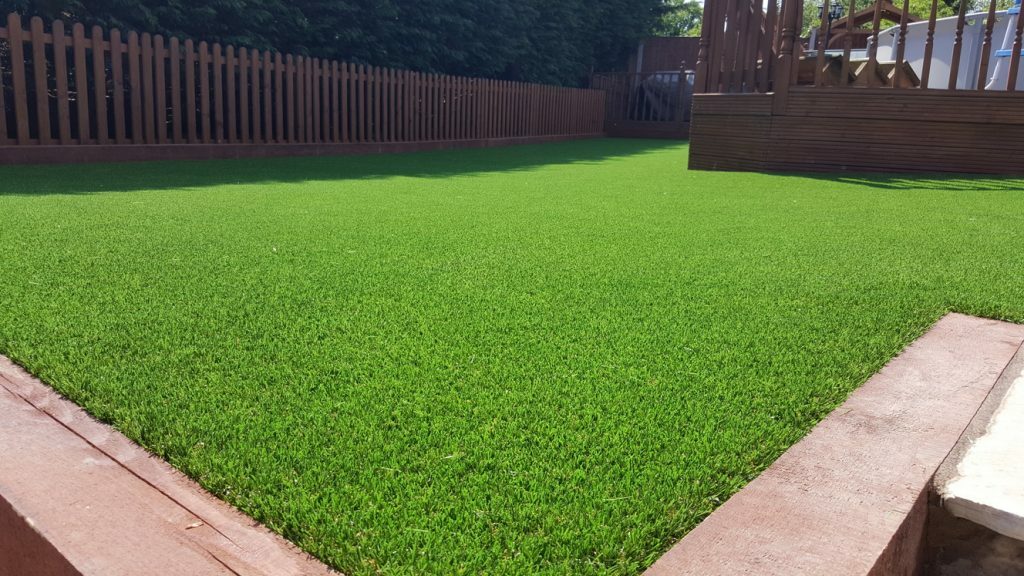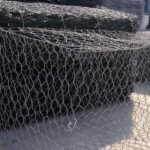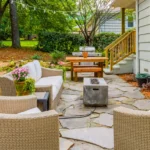Many homeowners are wary of synthetic grass for a few reasons. They’ve been told it simply looks fake, that it is hard to clean and that it’s expensive. The truth is that modern technology has allowed synthetic grass to look and feel startlingly lifelike. Not only this, the homeowner can buy all types of synthetic grass from the deep emerald green of Bermuda grass to the lighter green of centipede grass. Artificial grass is also easy to clean, and it’s not quite as pricey as it used to be. Here are nine benefits of having synthetic grass on the property:
1. A Perpetually Healthy Lawn
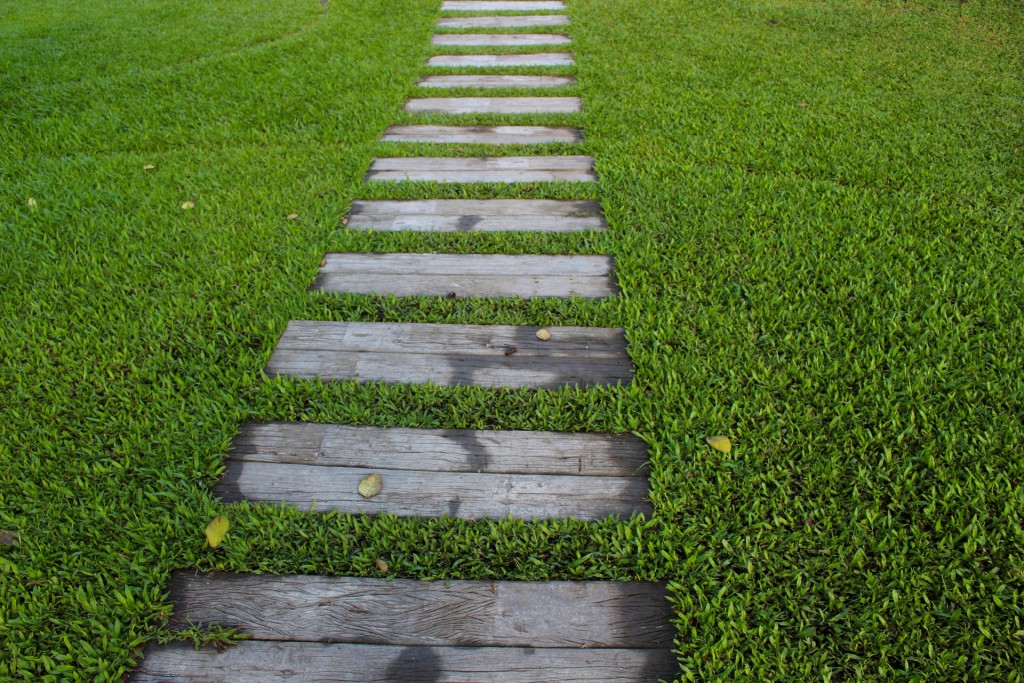
Synthetic grass is never attacked by diseases, including such devastating conditions as Pythium blight, snow mold and brown patch. Once they get a hold of a lawn, these diseases cost much time and money to vanquish. With synthetic grass, the owner never need worry about them.
2. No Weeds
There are far more species of weeds that can appear on a lawn made of natural grass than species of turf grass. This means everything from dandelions to crabgrass to plantains, spurge to purslane. Some weeds need to be eradicated before they even germinate since their roots are so long, tough and invasive that they’re all but unkillable when they mature. Weeds take up time and money to eradicate, and some commonly used herbicides are thought to be carcinogenic. Weeds are never a problem when it comes to artificial grass because the grass doesn’t grow in the soil. As tough as they are, weeds need soil to grow in.
3. No Pests
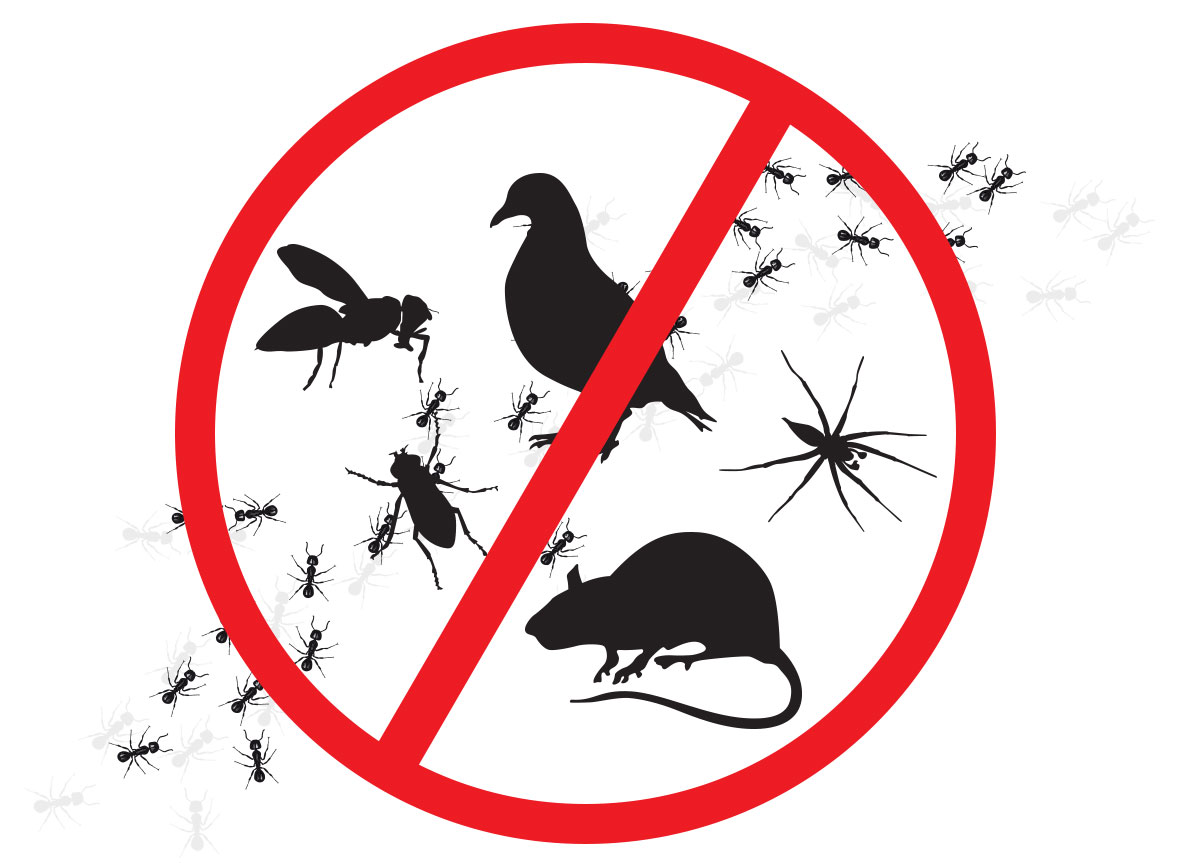
The pests that attack natural grass range from grubs to weevils to moles to other animals that like to dig it up such as groundhogs. Synthetic grass lacks the nutrients that insects need to feed, and since it doesn’t grow from the soil, other animals won’t dig it up.
Of course, since there are no pests, the homeowner does not need pesticides to combat them. Chemical pesticides need to be used with care around children and pets. They inevitably kill beneficial insects such as honeybees and can be washed into drinking water and eventually out to the sea where they can injure the ecosystem.
4. No Fertilizers
Synthetic grass does not grow or need feeding, so there’s no need to sprinkle fertilizers on it. Like pesticides, fertilizers can be washed into sewer systems and ground water through irrigation and rain. The nitrogen content in many fertilizers can lead to dead zones in waters that harbor wildlife.
5. No Puddles
Rain and a sprinkler system often cause puddles to form in lawns made of natural turf grass. Depending on the soil, sometimes these puddles persist, and in some parts of the country they can become a breeding ground for disease carrying pests such as mosquitoes. The puddles also lead to muddy areas, and when a member of the household, be it a human or a dog, walks through them they can track mud into the house.
Rain and watering doesn’t cause mud in an artificial lawn, but what about puddles? The good news is that high quality synthetic grass comes with a drainage system that simply takes the water away.
6. No Watering Worries
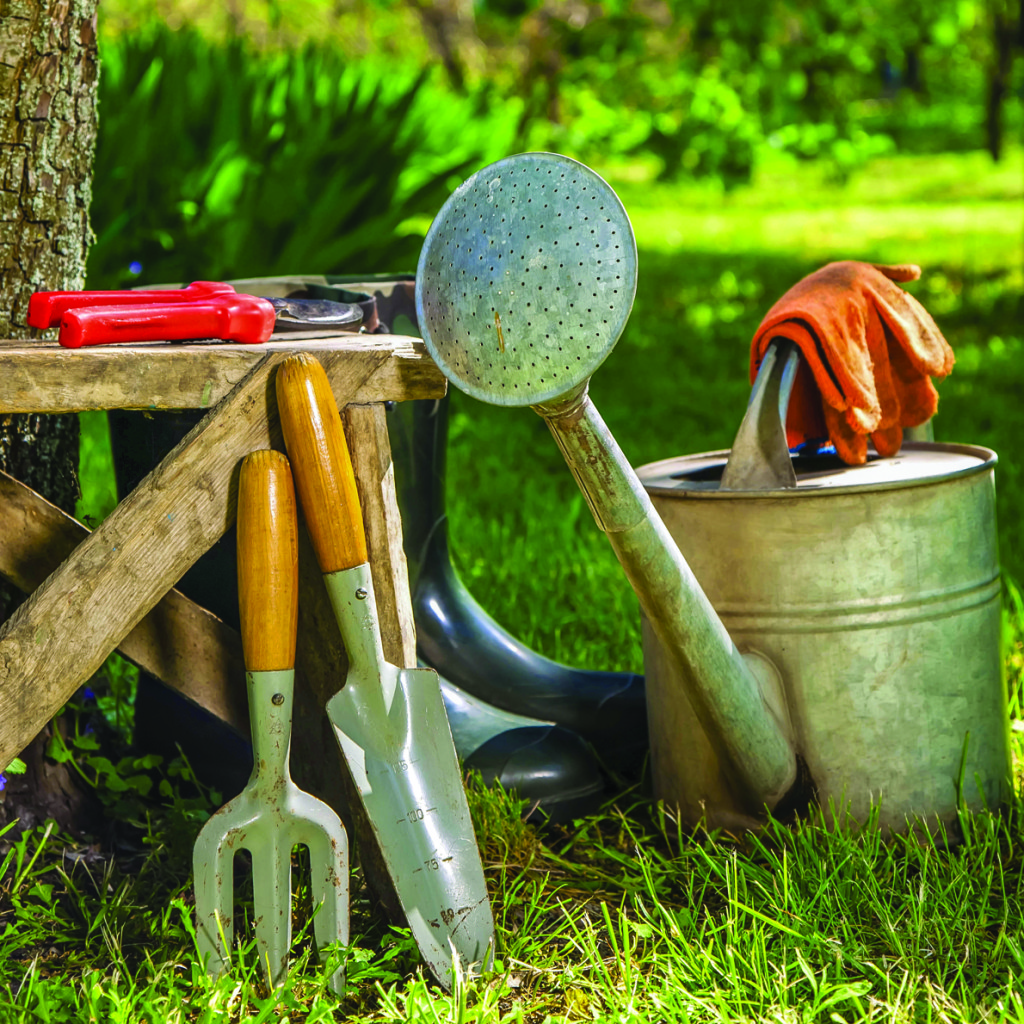
Worries about watering the lawn go beyond whether rain or irrigation will produce puddles and mud. The owner of a natural lawn needs to worry if the grass is getting too much water, which could kill it or too little water, which could also kill it or make it go dormant. During times of drought some municipalities put restrictions on how much water can be used on a lawn. In some places, this means that a natural lawn has to go dormant. The result is a lawn that is hay-colored, dry and unattractive. If the homeowner can’t bear this and sneaks water to their lawn to restore its green looks, they can be fined.
There’s also the satisfaction of the owner telling the government official that comes to check that the reason the lawn is as lush and green as it is during a long dry spell is because it’s synthetic.
It costs money to water a lawn even in a place where there isn’t a drought. The larger the lawn, the costlier it is to keep green. Some people think that watering a lawn at all is a waste of water, a serious concern in places that are naturally arid. A lawn is a luxury after all, but water is a necessity.
7. Synthetic Grass is Almost Forever
Like every living thing, natural grass eventually dies. This means overseeding bare patches or laying down new sod or plugs every few years. A lawn made of synthetic grass such as SurfaceIT Fake Grass can last as long as 15 years with no watering, no weeding, no mowing and no feeding.
8. Reduce Pollution
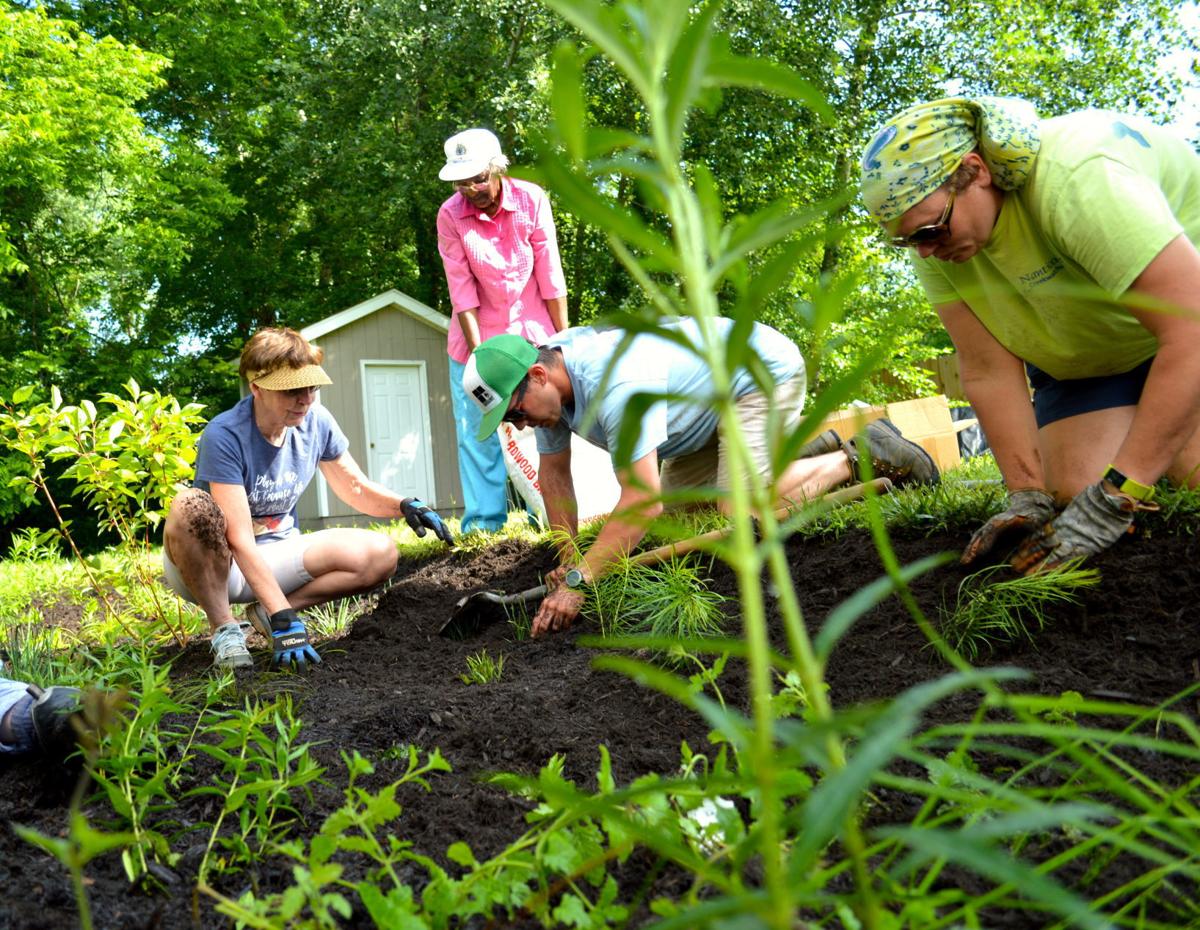
A gas powered lawn mower, blower or weed whacker puts pollution into the air much the same way as a gas powered car. With an artificial grass lawn, the owner not only won’t add pollutants to the environment, they won’t even need all that equipment in the first place.
9. Free Weekends
Last but not least, people who have synthetic grass on their lawns don’t have to spend their weekends tending to it. They’re not only free to spend their weekends however they wish, but their lawn will never wilt because of neglect. As there are some places where a person is fined for watering their lawn during a drought, there are other places where a person can be fined or at least incur the displeasure of their homeowner’s association if they allow their lawn to either dry out or become untidy.
Homeowners with synthetic lawns also don’t have to put timers on their outdoor spigots or pay someone to mow the lawn while they’re on vacation or need to be out of town for a period of time.
